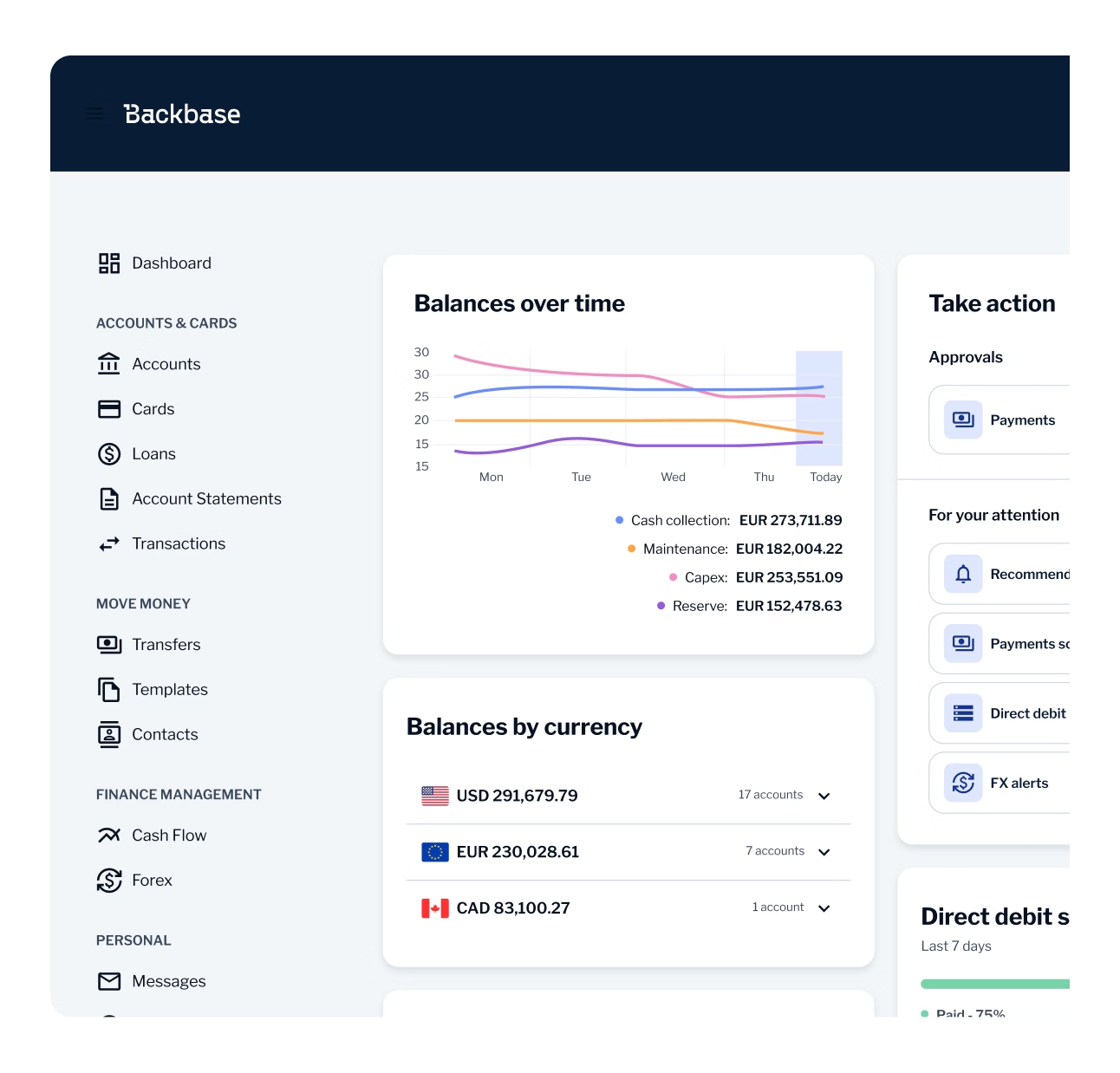Backbase
Top 8 banks in Vietnam expect 50% growth in new accounts by 2025
The race to be digital-first in APAC heats up as COVID-19 intensifies customers’ need for availability.


Digital banking in the Asia Pacific (APAC) is set to be widely adopted with over three in five customers (63%) willing to make the switch to neobanks and challenger banks in the next five years, according to the Fintech and Digital Banking 2025 report by Backbase and IDC. The report also found that the region is expected to see 100 new financial institutions by 2025, ushered in by liberalization of several markets and issuance of new banking licenses. In Vietnam, mobile transactions are expected to surge by 400% by 2025.
The unprecedented pandemic has also brought into question the industry readiness towards digital banking, as a significant majority (70%) of APAC banking customers continue to view banking processes as tedious. As a result of incumbent banks’ extreme focus on legacy systems and disregarding digital-first integration, only 30% of the banking customer base in APAC are active on digital banking channels.
Today, incumbent banks across APAC are faced with the pressing need to up the ante on digital-first banking due to intensified customers’ need for availability, access, and control of digital channel interactions. Banks in Vietnam must ensure they secure ownership of the customer experience, or run the risk of opening up APIs, giving away data to the competition, and failing to add any value to strengthen their own position.
Lack of Agility in the Race to be Digital-First
The report found that incumbent banks have not been able to take advantage of potential ecosystem partners, as they still hold traditional views of the value chain. 80% of the top 250 banks in APAC still prefer to own the entire value chain of banking, with third party-contributed business at a mere 2%. Meanwhile, the average age of legacy core banking systems in the top 100 banks in APAC remains at 17.5 years, far behind the rapidly developing digital economy of today.
On the other hand, more than 35 “neobanks,” or new digital challengers across APAC, are built on agile innovative best practices — way ahead of incumbents in terms of flexibility, self-service capabilities, customer needs, and personalization. Consequently, with the emergence of new players and further digital disruption in the industry, 38% of traditional banks’ revenues are at risk by 2025.
Strategic Investments & Growth Priorities for 2025
As the banking industry goes through a period of accelerated pursuit to be digital-first, the report found that APAC banks must unleash the potential of personalization at scale and be more customer-driven and platform-oriented.
The key focus will be on digitalization and implementation of artificial intelligence (AI). By 2025, 44% of the top 250 banks across APAC will complete their “connected core” transformation — working on platform-based and componentized modernization, and API-enablement. 48% of banks in APAC are also expected to leverage AI or machine learning (ML) technologies for data-driven decisions.
In Vietnam, the top 8 banks have set core banking and payment system modernization as their top two priorities and expect 50% growth in new accounts as a result of intelligent automation in account origination.
Digitalization provides a multitude of benefits to core banking systems. For instance, in retail and consumer banking, instantaneous delivery of products, services, and information is certain to meet the growing demands of consumers. Further, automated processes and lower cost of operations can enable banks to better serve their corporate clients. Lastly, AI and ML also bring intelligence to wealth management decisions, boosting productivity.
Vietnam’s banking industry has developed a very specific action plan to implement the Banking Industry Development Strategy by 2025. The goals are to promote cashless payments and develop appropriate services for populations in under-served areas with little or no access to traditional banking. As the recovery from 2020’s challenges unfolds, the market’s digital evolution will be evident in the semi-private bank segment. These banks will make proportionately higher IT investments, particularly in mobile channels and mobile experience, branch digitalization, and optimization to support increasingly digital consumers. These are the digital-first banks to watch.
Riddhi Dutta
Regional Head for ASEAN & India of Backbase
Michael Araneta, Associate Vice-President of IDC Financial Insights, Asia Pacific added:
“Being digital-first calls for the integration of digital technologies with the comprehensive transformation of business processes, engagement strategies, channels, and business models of banking. With the insights from the report, banks and neobanks can be well-positioned for the future.”
About the report
This study is based on IDC Financial Insights review of digital banking strategies of 55 banks from 6 key Asia/Pacific markets (Australia, India, Indonesia, Philippines, Thailand, Vietnam), 20 challenger banks, and 40 fintech disruptors. The study was conducted in 4Q2019-1Q2020. IDC also made reference to its reports on Digital Banking from the past five years to understand the evolution of digital banking strategies.

Backbase is on a mission to put bankers back in the driver’s seat — fully equipped to lead the AI revolution and unlock remarkable growth and efficiency. At the heart of this mission is the world’s first AI-powered Banking Platform, unifying all servicing and sales journeys into an integrated suite. With Backbase, banks modernize their operations across every line of business — from Retail and SME to Commercial, Private Banking, and Wealth Management.
Recognized as a category leader by Forrester, Gartner, Celent, and IDC, Backbase powers the digital and AI transformations of over 150 financial institutions worldwide. See some of their stories here.
Founded in 2003 in Amsterdam, Backbase is a global private fintech company with regional headquarters in Atlanta and Singapore, and offices across London, Sydney, Toronto, Dubai, Kraków, Cardiff, Hyderabad, and Mexico City.

